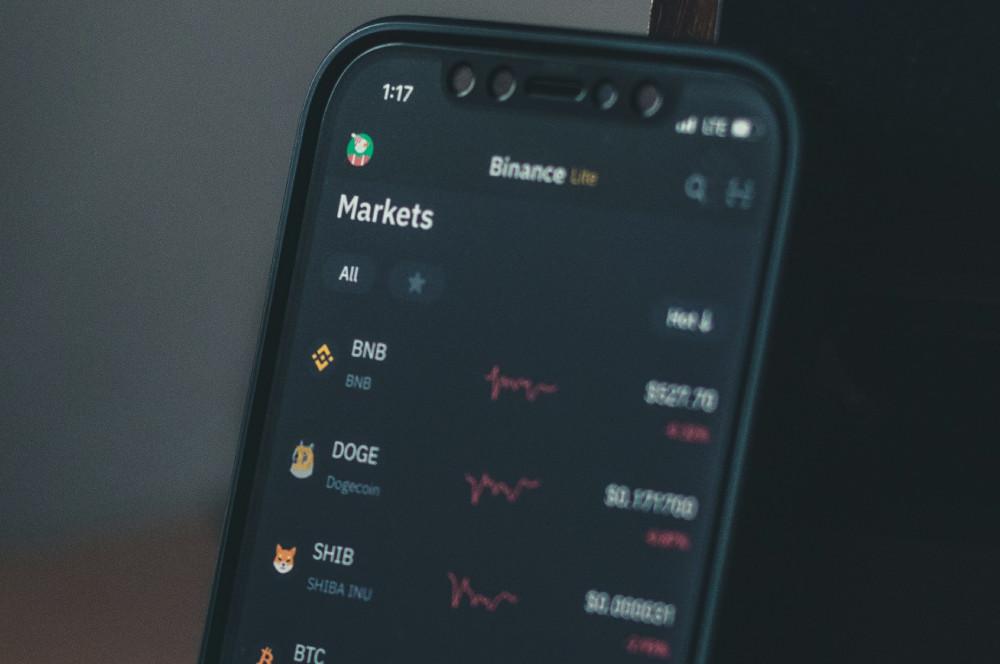For many users in the crypto universe this was beginning to be obvious. There are too many different cryptocurrency projects on the market. Too many considering the current level of adoption of this technology, which is still not as widely used as the traditional banking system.
In a similar way to what happened after the ‘dotcom’ boom in the 2000s, this year 2024 could witness the beginning of a wave of mergers and acquisitions in the crypto market. The objective is to consolidate businesses and increase the strength of projects with a limited number of users.
In 2020, there were around 7,615 cryptocurrencies registered on CoinMarketCap, the main pricing portal for the cryptoasset sector. In 2021, the number had risen to 9,953 according to this same website. Currently, in 2024, there are more than 13,000 different cryptocurrencies, according to other portals. A study in Statista shows a smaller number: more than 9,000 existing in January 2024.
In view of an endless number of different cryptocurrencies, and knowing that many of them are based on services or perspectives that are very similar to each other, a solution to provide stability to the crypto market may be a round of mergers. This is what several experts consulted by Coindesk point out, stating that the adoption of this technology is not large enough to justify such a number of different proposals.
The 2021 bull market produced such enthusiasm that a large amount of venture capital entered the sector, enabling the creation of hundreds and hundreds of digital asset propositions. The result, a market oversaturated with products, despite the fact that the list of most used cryptocurrencies is not so dynamic. Bitcoin, Ethereum, XRP or Dogecoin have been on the market for many years, without other cryptocurrencies having managed to rival their positions at the top.
Given this situation, several experts predict and recommend a round of mergers that will allow cryptocurrencies with similar approaches to be united, thus joining forces and technology to create more solid projects. Some of these specialists believe that this wave of consolidations could begin in the coming months.
A difficult process for the youth of the sector
The main regulators worldwide have already legislated on cryptocurrencies, but above all on the obligations that their possession or use entails. What is not yet so clear, however, is what the model legal process should be like for a large operation, such as a business merger. This is especially evident in the decentralized finance (DeFi) sector due to its particular operating methods.

Many projects framed in this economy do not have a clear and stable governing body, but rather depend on an automated consensus process among their users to approve or reject decisions. In many cases, in addition, the decision-making structure is based on open source. This ethereal business structure can make a joining process between crypto assets very difficult.
Most likely among similar technologies
In this sense, experts point out that to overcome this obstacle, mergers may have to be carried out from the point of view of tokens rather than from a business perspective. That is, several tokens could be merged while maintaining pre-existing development or work teams. There are many tokens with similar future plans and goals. Since the communities and developers of each project come together in harmony around a philosophy or vision, it is possible that several groups can agree and vote to join if their technologies or functions are similar.
In addition to cryptocurrencies, there are platforms that could also join together. For example, decentralized exchanges, collateralized liquidity providers, NFT projects, liquid staking protocols, or other DeFi protocols.
However, there are ways to try to achieve these consensuses. In cases where economic benefit is a primary objective, projects with more financial muscle could make sufficiently juicy offers to other communities in exchange for purchasing the entire stock of a certain cryptocurrency. On the other hand, to convince the members of a community to carry out a merger, clear leadership would be necessary capable of effectively communicating the benefits and steps to follow during this process.












